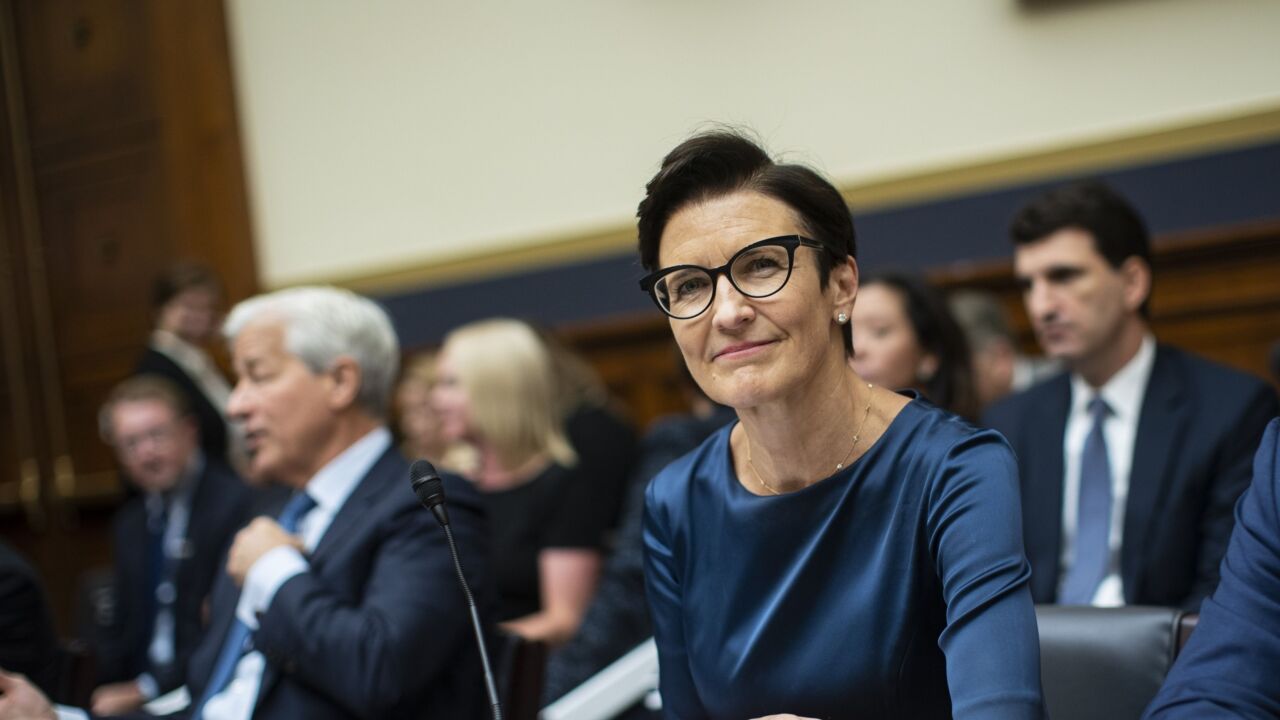Though it’s still early in the development of voice assistant technology, researchers are getting a sense of who’s most likely to use voice commands for shopping and payments, based on recent consumer data.
Broadly speaking, the biggest enthusiasts so far are consumers who skew younger and male. But that’s likely to change over the next few years as voice assistant technology expands.
Digging into the data, certain preferences are emerging for using voice assistant technology for shopping and payments. “Smart speaker” devices like Amazon Echo and Google Home that are poised 24 hours a day to react to commands are increasingly popular, and Samsung is introducing one next month. But voice assistant usage is spreading on all types of devices from tablets and game consoles to the internet of things. Here’s a glimpse into the momentum for voice assistant technology and purchase behavior among early adopters.










